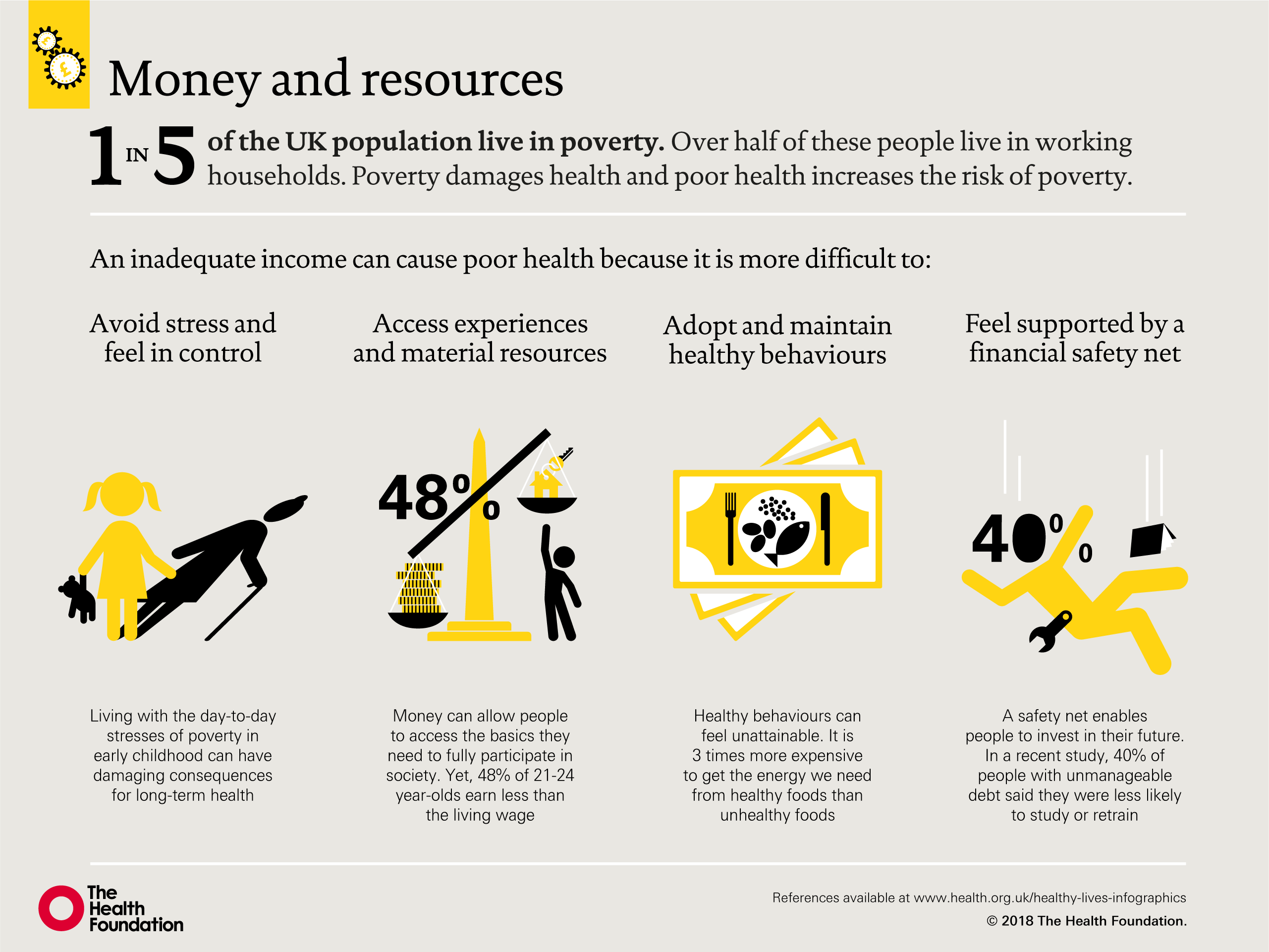Table of ContentsCurrent Debates In Health Care Policy: A Brief Overview - QuestionsLittle Known Facts About The National Academy For State Health Policy.Some Ideas on Healthcare Policies - List Of High Impact Articles - Ppts ... You Should Know
There is some proof that the Great Economic downturn had something to do with it. The economic crisis saw huge drops in costs on all goods and services economywide, so it is perhaps not shocking that this consisted of the healthcare sector also. Some have conjectured that the ACA had something to do with it.
The ACA also offered funding for experiments in payment reforms for the public insurance programs indicated to much better peg worth and money invested in health care. A key thrust of those reforms was moving the public insurance systems far from payment models defined by "charge for service" (FFS), where each medical intervention for a client is billed and repaid by a provider.
To break this reward, some suggested payment reforms repay diagnoses and medical management instead of discrete procedures. One crucial example of the policy thrust towards moving away from FFS compensation and toward "paying for quality" was an effort to decrease readmissions to hospitals following treatment. how much is health care. Health center readmissions are too typically a sign that care has actually been suboptimal in the first contact between patient and health center.
However from the stringent point of view of hospitals and medical professionals being paid on a fee-for-service model, they represent earnings gains. Efforts have actually been made to break this perverse reward by penalizing readmissions or not reimbursing for several admissions associated with a single diagnosis. The ACA particularly developed a Health center Readmission Decrease Program (HRRP) in 2012.
It has been hypothesized that, in anticipation of IPAB choices and extensive adoption of payment reforms, suppliers undertook cost-saving modifications of their own practices. Whether these speculations hold true or not, it seems clear that the recent downturn in excess healthcare expense growth is not totally comprehended, and there is no guarantee that it rests on strong ground (what is the affordable health care act).
The IPAB was eliminated as part of the Republican tax cut passed at the end of 2017, and the Trump administration Department of Health and Human Providers seems far less thinking about cost-saving reforms than its predecessor. If anticipation of the effect of IPAB and payment reform really was driving efficiency-seeking behavior of medical service providers over the previous decade, the elimination of these cost-disciplining organizations might threaten to release much faster excess expense development in coming years.
The Healthcare Policies - List Of http://israelbuwc557.xtgem.com/h1%20styleclearboth%20idcontentsection0what%20is%20healthcare%20policy%20top%20masters%20in%20healthcare%20things%20to%20know%20before%20you%20buyh1 High Impact Articles - Ppts ... Diaries
Rather, policymakers should understand that health care costs are beginning with an extremely high base, so any excess expense growth in coming years will do substantial damage to possibilities for nonhealth usage of Mental Health Facility goods and services. This argues highly for noncomplacency and the requirement for aggressive measures to lock in the current decade's excess cost downturn and to build on it.
offers some more texture to this conversation by showing how much rising employer contributions to ESI premiums affected workers at different wage fifths. The first set of rows ("Hourly wage, nominal") shows the average per hour wage within each wage fifth for 3 separate years: 1979, 2007, and 2016. In 2016, this varies from $9.54 for the lowest fifth to $44.79 for the highest 5th.

These rows show that in 2016, 53.1 percent of workers general received ESI coverage from their own job, below 69.0 percent in 1979. The next set of rows ("Expense of company contributions") reveal a price quote of the typical cost to a company of supplying ESI coverage, expressed as a share of the median wage in each fifth.
The next set of rows ("Hourly wages plus employer contribution") reveal the amount of the per hour wage plus employer contributions to ESI premiums for an employee at the typical of each fifth, accounting for the truth that not all workers get this ESI coverage. The next set of rows ("Hourly wages plus company contributions, counterfactual") supplies this same procedure but holds the cost of offering the average ESI plan continuous at its 1979 share of typical hourly incomes in each fifth. But beyond that, do not neglect the overall health of your personnel. Do you have programs or policies to promote and safeguard their wellness!.?.!? Simply as in other markets, your health policies should deal with issues like weight reduction, work stress, healthy consuming, and even on-the-job breastfeeding. All of these contribute to a healthy labor force, which research study continues to show is a more reliable workforce.
Even Alcohol Rehab Facility for smaller sized organizations that lack a devoted security group, how will they deal with suspicious persons or situations? When do they sound an alert and to whom?Whether your facility maintains a security team or not, your health-related policies need to plainly discuss that security, like compliance, is everyone's responsibility. You require to equip staff members at every level with the best details and treatments so they can deal with security-related scenarios that may arise.
The more technology you integrate into your facilities, the more risks you face for data leakages or privacy breaches. At the core of these leaks? Mostly, human mistake falls at the core of these breaches. That is why it is most importantly essential to put in writing these security and personal privacy policies.
8 Simple Techniques For Health Care Policy - Boundless Political Science
For instance, the repercussions of not complying with HIPAA could indicate losing your tax-exempt status by stopping working to abide by new requirements from The Patient Defense and Affordable Care Act. Or noncompliance might mean dealing with a stiff fine. According to HIPAA Resolution Agreements from the Department of Health and Human Solutions (HHS) Workplace for Civil Rights (OCR), HIPAA fines can be as much as $1.5 million per event per year.